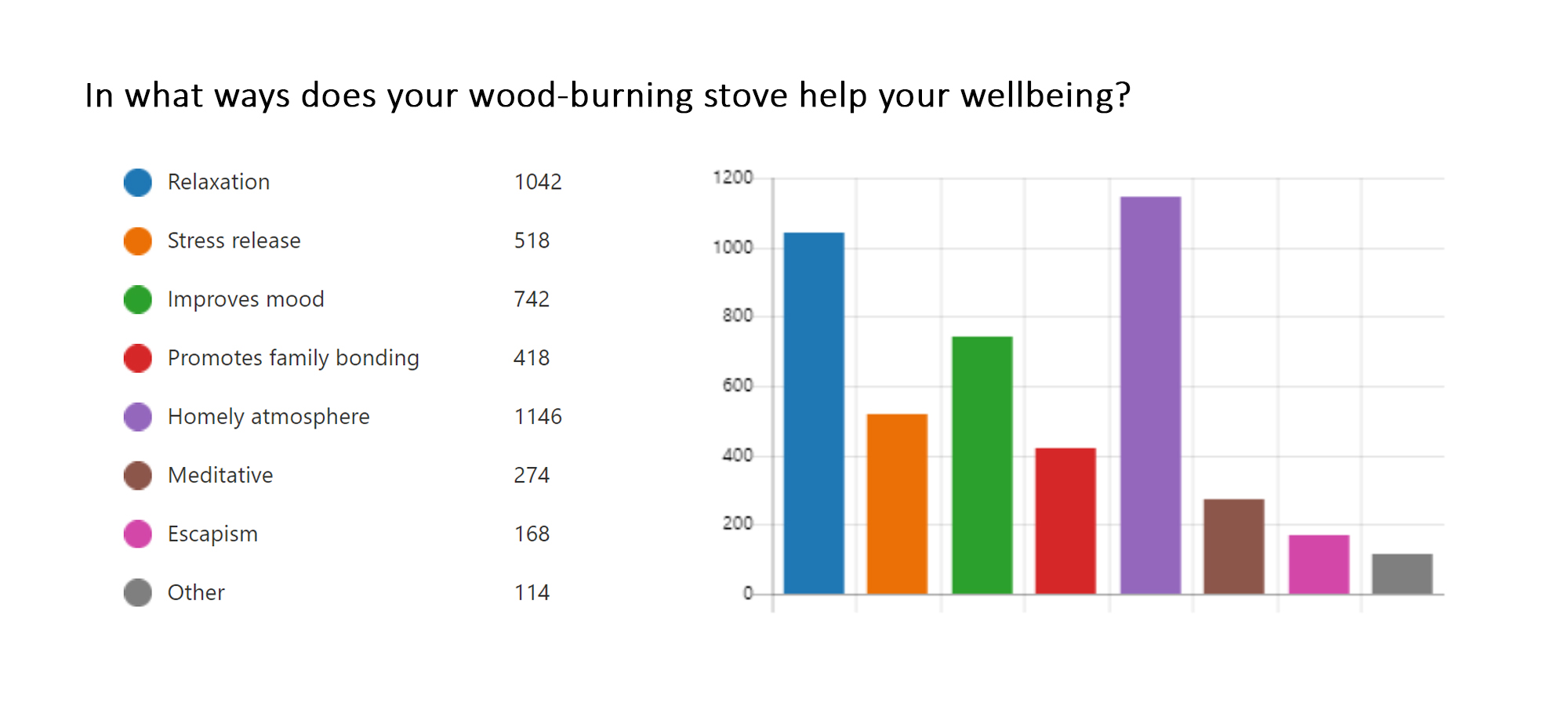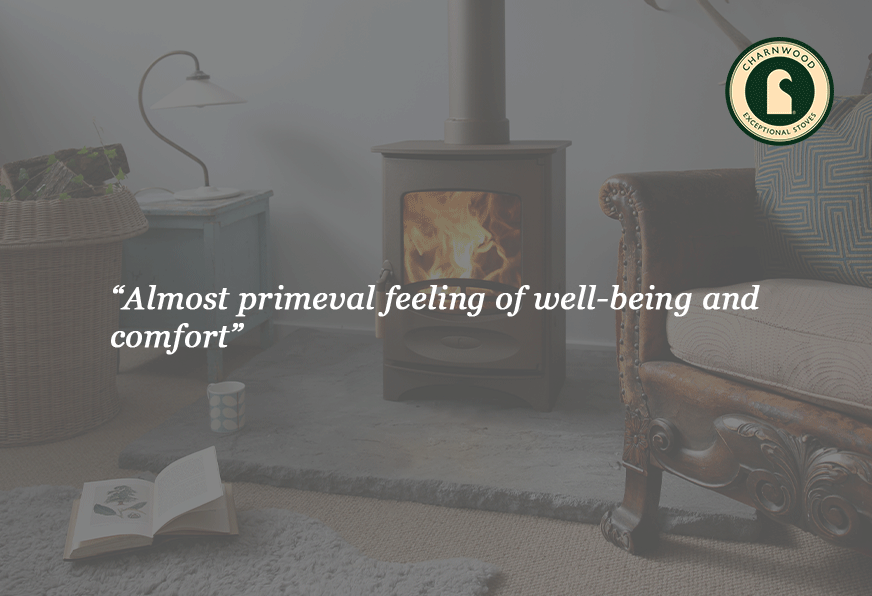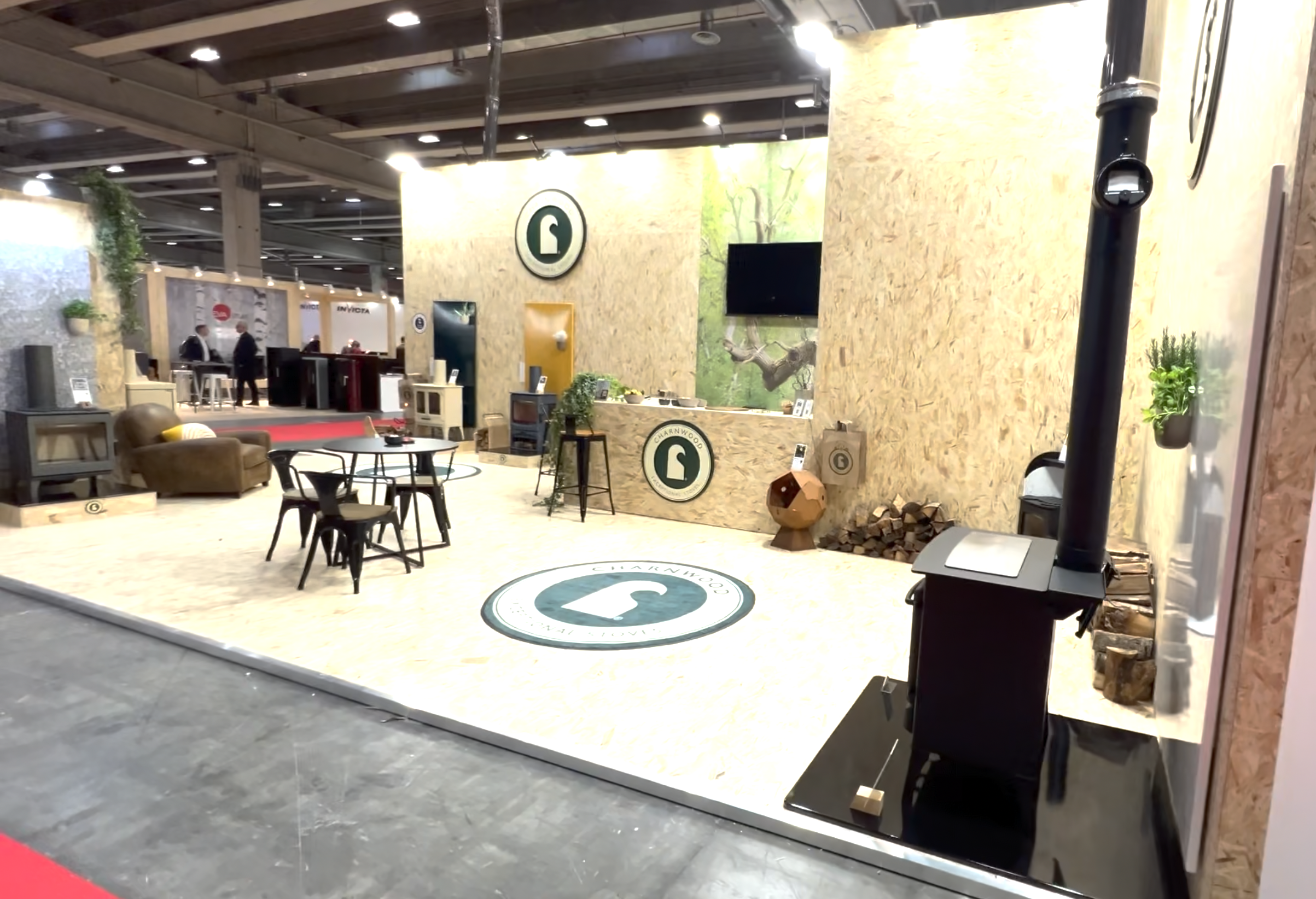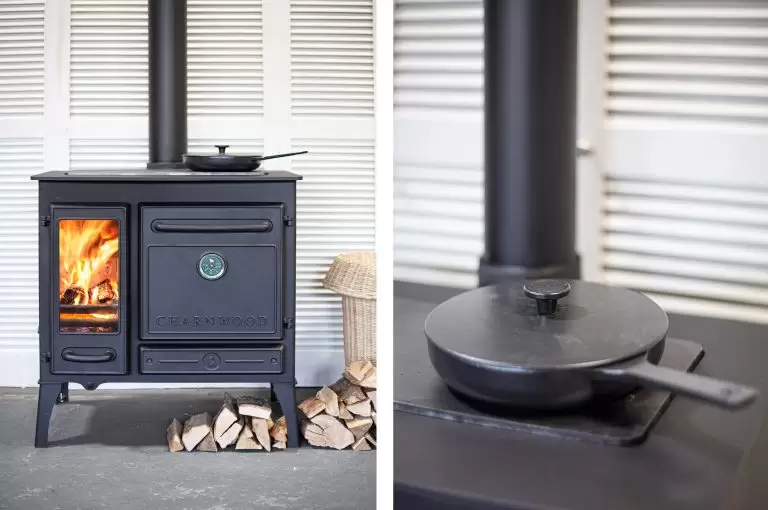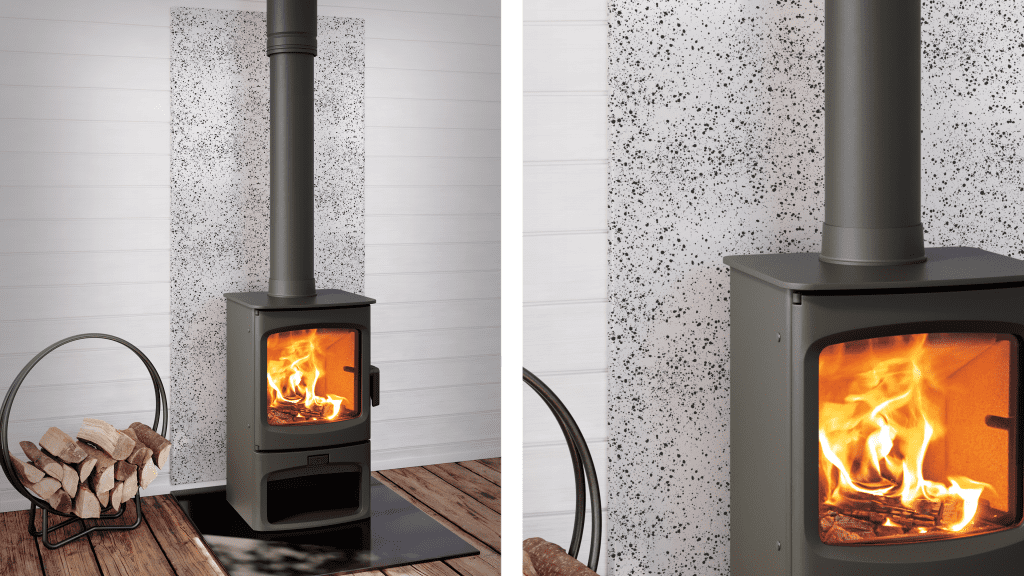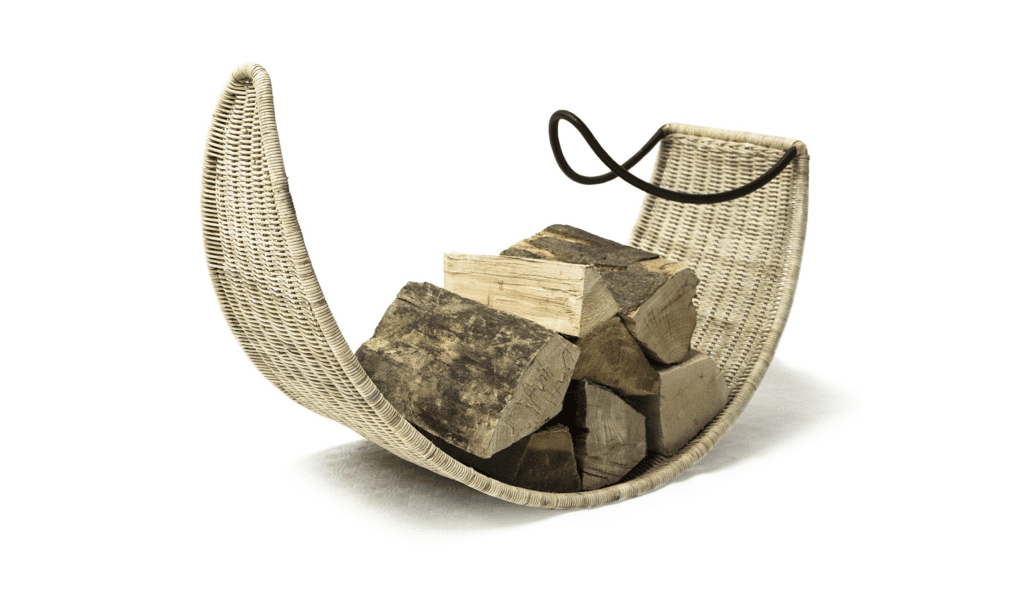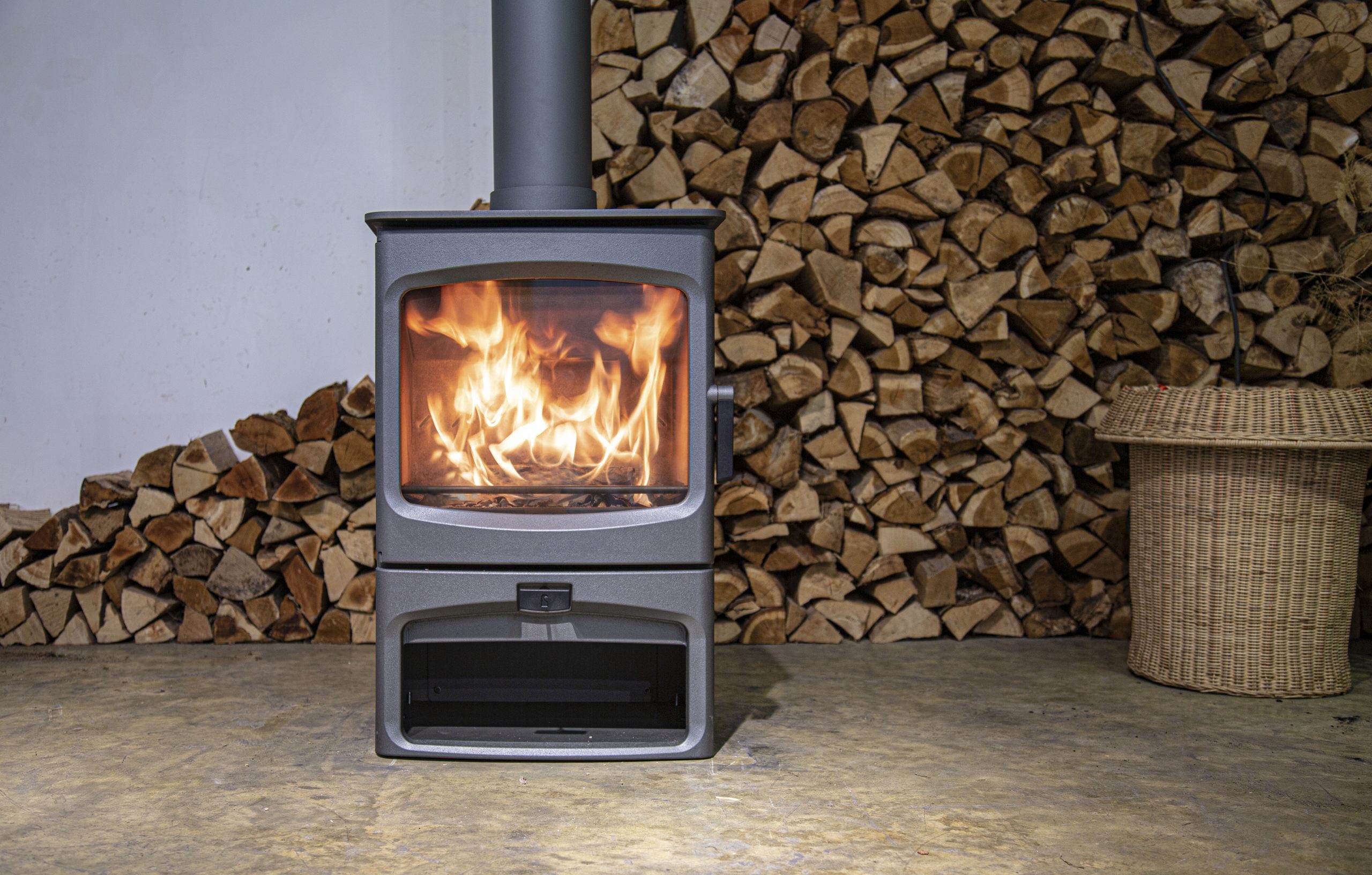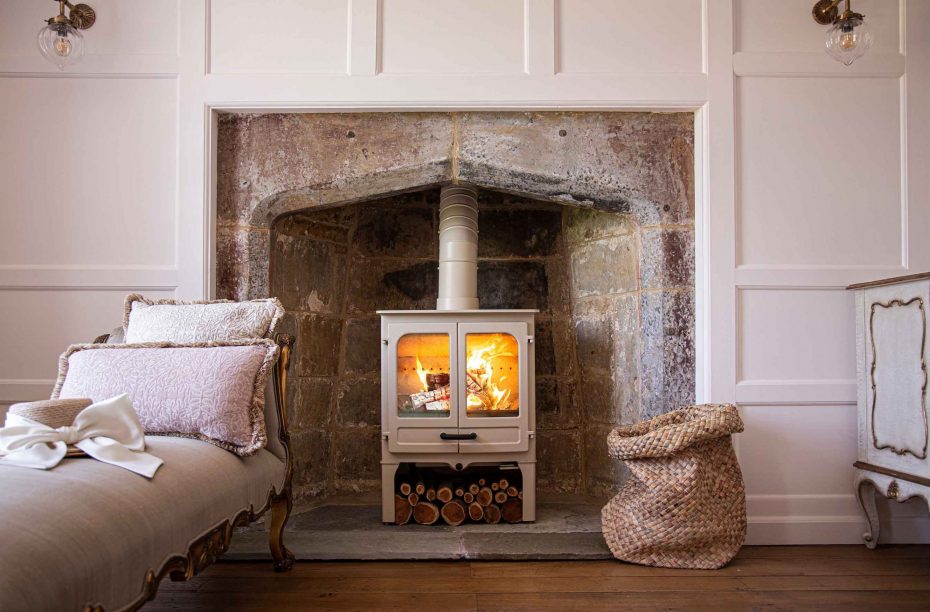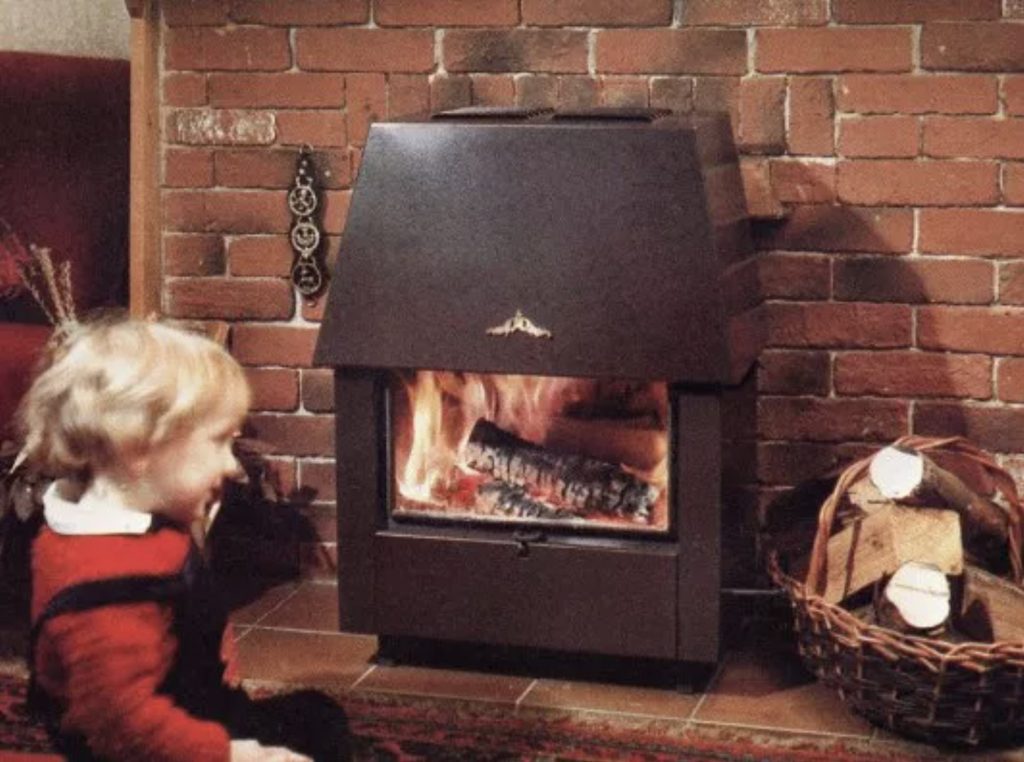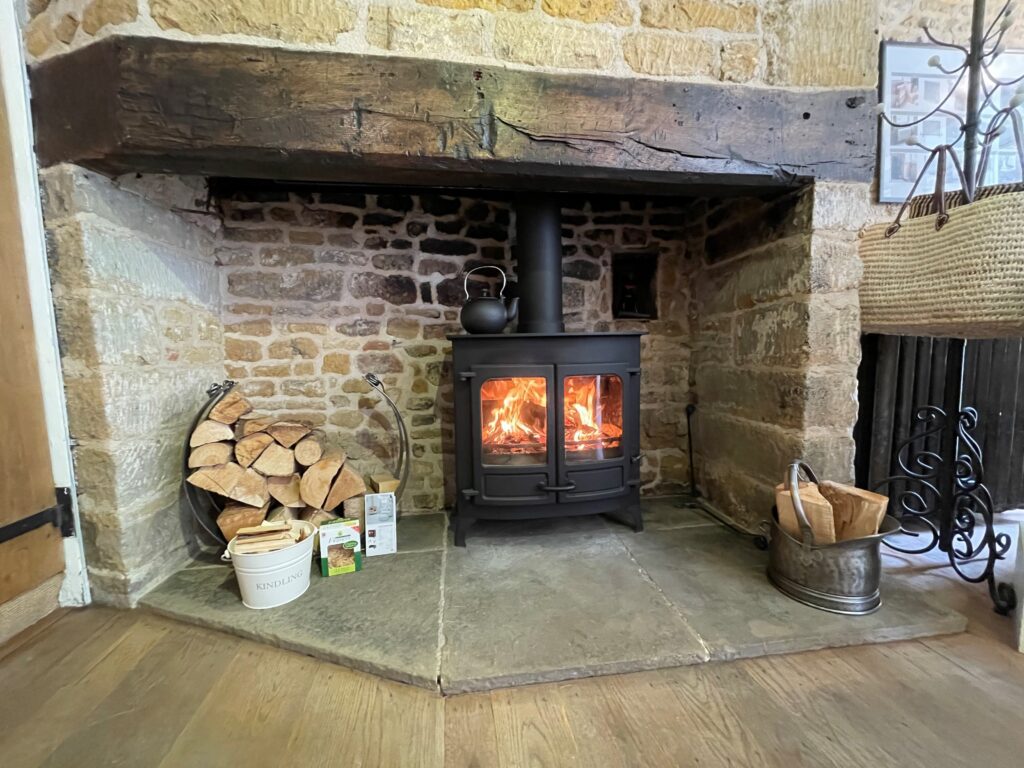Wood-burning stoves have continued to grow in popularity as they offer a host of benefits that other heating solutions can’t provide. They are a true focal point in a home, encouraging those life affirming moments where friends and family gather together to share quality time. However, where sustainability and emissions targets are now in the forefront of minds, some sections of the media are asking if wood-burning stoves are still a good choice? The simple answer is a resounding yes! Modern wood-burning stoves are ultra-efficient and more sustainable than ever and shouldn’t be confused with other forms of wood-burning such as open fires, bonfires and old stoves.
Read on to find out how modern wood-burning stoves are evolving and why they will play an important role in our home heating future!
So, what are the current wood-burning stove regulations?
Many towns and cities in the UK, have been designated as ‘smoke control areas’ by the government with a number of rules introduced:
1/ You cannot release smoke from a chimney
2/ You must only burn authorised fuel, unless you use an appliance approved by DEFRA (also known as an ‘exempt appliance’ or ‘DEFRA exempt appliance’)
The good news is by choosing a DEFRA-exempt stove, such as a Charnwood stove, you can still enjoy a wood fire and the benefits of wood-burning while adhering to strict emission standards.
Smoke control areas cover most towns and cities in England, Scotland, Northern Ireland, and parts of Wales. We recommend checking with your local council to see if these regulations apply to you. If you don’t live in a smoke control area, these restrictions won’t affect you.
DEFRA-exempt stoves
If you live in a smoke control area you have two options:
1/Use a DEFRA-exempt stove: These stoves use the latest wood-burning technology to minimise smoke emissions and allow you to continue to burn dry wood.
2/Burn Smokeless Fuel such as anthracite coal. Here’s a full list of what is permissible.
DEFRA, which stands for the Department for Environment, Food & Rural Affairs, uses a special independent testing house that tests and approves stoves for use in smoke control areas. If you’re looking to burn wood in these areas, it’s crucial to have a DEFRA-exempt stove or you could receive a fine.
Fuel types
It’s now illegal to burn coal (with the exception of smokeless coal like anthracite) or wet wood in your home (any wood with a moisture content above 20%). The focus is on encouraging using cleaner fuels that produce less smoke and are better for the environment and your health.
You can burn the following fuels in your stove:
Kiln-dried logs
-Wood dried in a kiln with a moisture content below 20%. Look for the Ready-To Burn Label.
-Your own wood that has been seasoned properly. We recommend using a moisture meter to check it is ready to use (moisture levels below 20%).
Smokeless fuels
As discussed above, these include fuels such as anthracite, semi-anthracite, gas and low volatile steam coal. Check here.
If you live in a smoke control area, remember that you can only burn logs (dry wood with a 20% mositure level or less) if you have a DEFRA-exempt stove.
Leading the way with Ecodesign & Clearskies stoves
The introduction of Ecodesign regulations has marked a new era for wood-burning stoves. Since 2022, all new stoves have had to meet stringent standards for emissions and efficiency (an efficiency rating of at least 75%). Charnwood is at the forefront of this movement, offering stoves that not only comply with but outperform these regulations. Our Clearskies 5 rated stoves are up to 89% efficient – that is an exceptionally cleaner and more efficient burn!
The Skye E700: A glimpse into the future
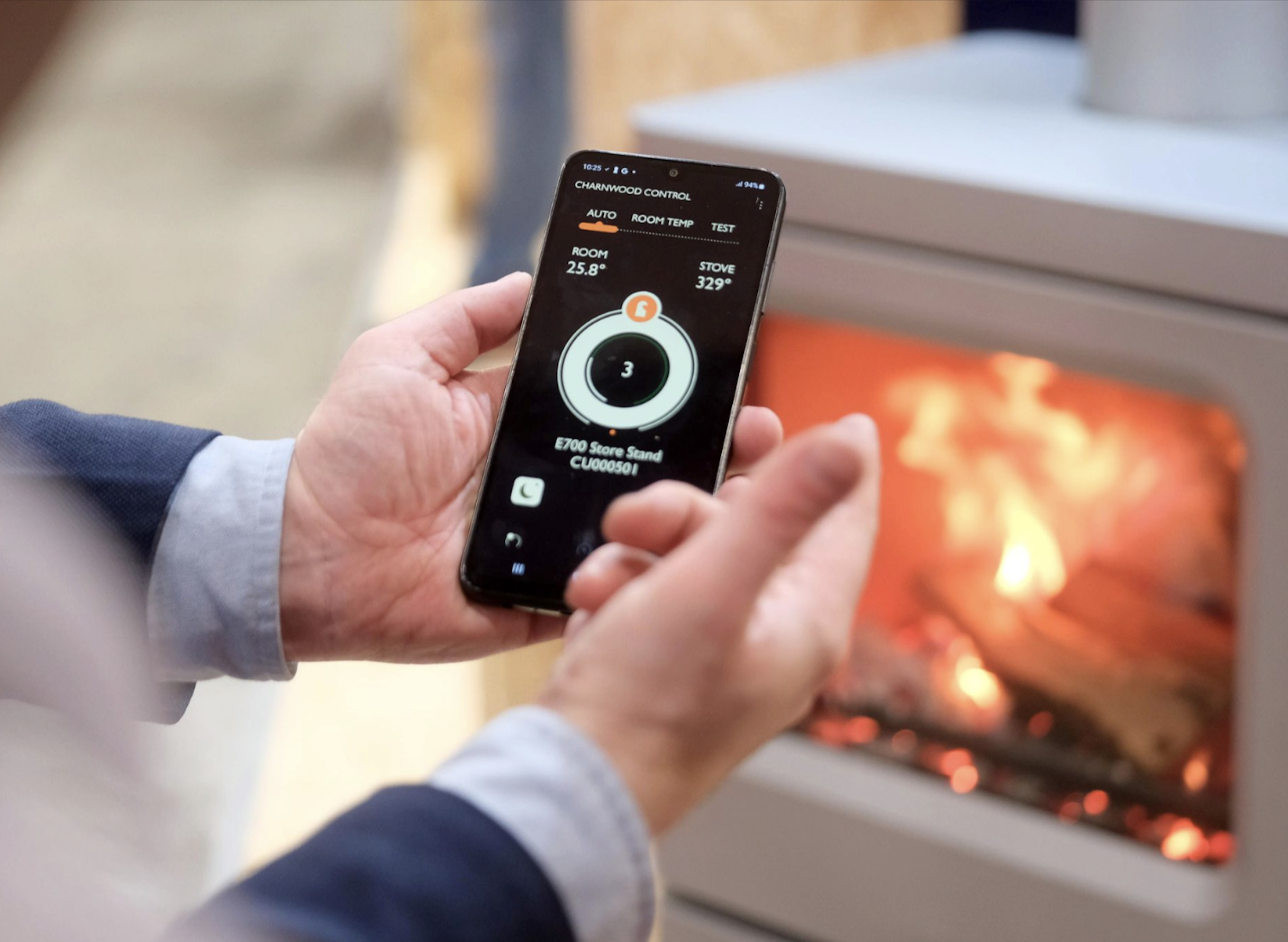
The Skye E700 takes wood-burning to the next level by eliminating one of the most unpredictable factors in stove operation—us humans! Even the most seasoned wood-stove enthusiast can’t achieve the level of efficiency that the Skye E700 delivers. Thanks to Charnwood’s innovative I-Blu combustion intelligence, this stove continuously monitors the fire’s state, making real-time adjustments to optimise efficiency and minimise emissions. Air is introduced in just the right amounts, at the right places, and at exactly the right time, ensuring a cleaner, more efficient burn every time.
That’s good for air quality and the environment, good for saving fuel and good for giving a crystal clear view of the fire. Don’t just take our word for it, the Skye E700 has received a remarkable 89% efficiency rating making it one of the very cleanest, greenest and fuel-efficient on the market.
It is set to revolutionise the way we burn wood. Load the fire, close the door and let the stove do the rest. It’s as simple as that.
All the benefits of wood-burning without the downsides!
Why Choose Charnwood?
For over 50 years, Charnwood has been a leader in crafting high-quality wood-burning stoves. Our commitment to innovation, sustainability, and customer satisfaction ensures that we offer products that not only meet but exceed expectations. Whether you’re looking for a traditional stove or the advanced Skye E700, Charnwood has the perfect solution to keep your home warm and welcoming.
For more information or to explore our range of stoves, visit our website or speak to an official Charnwood dealer for guidance on what will best suit your space and other requirements.

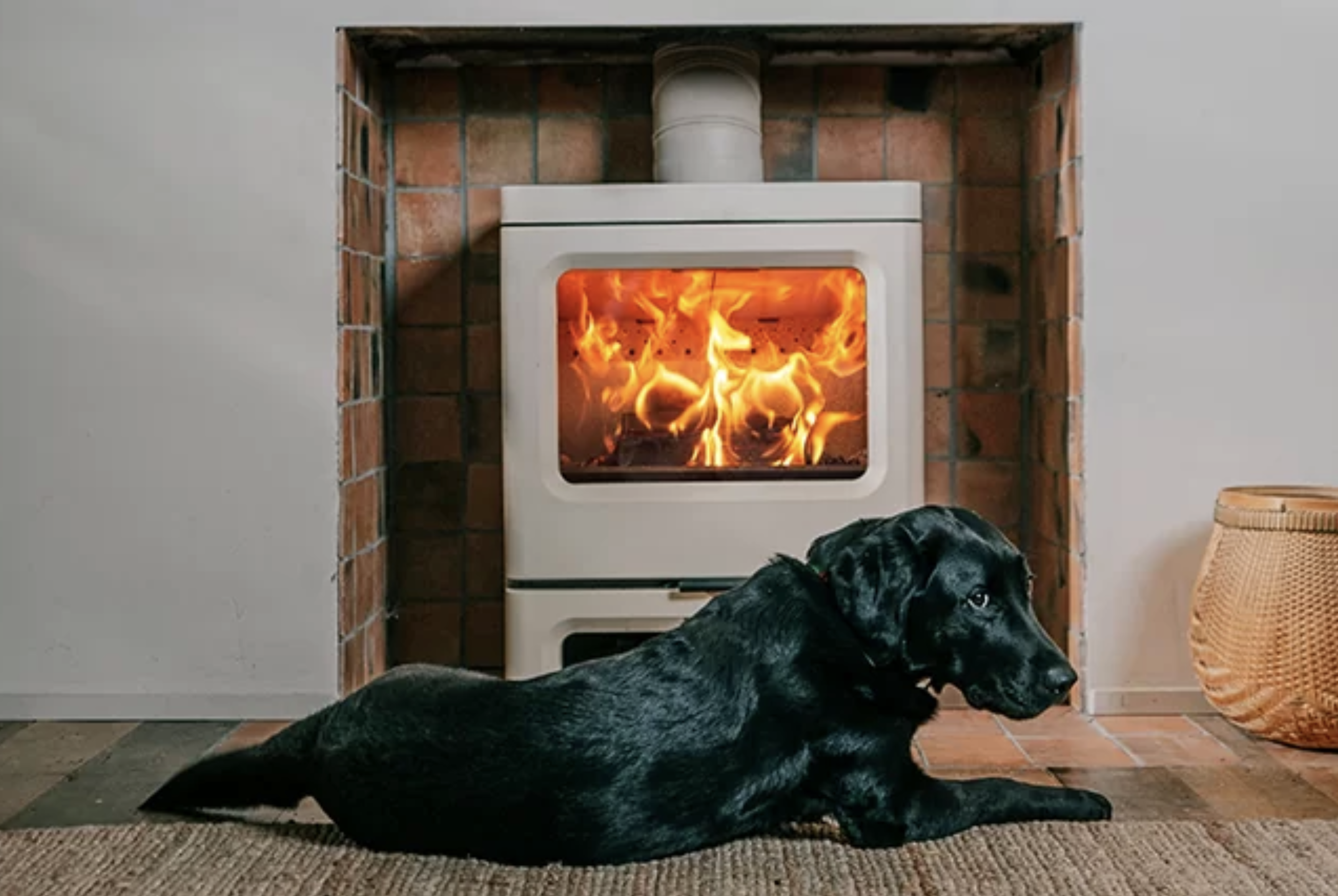
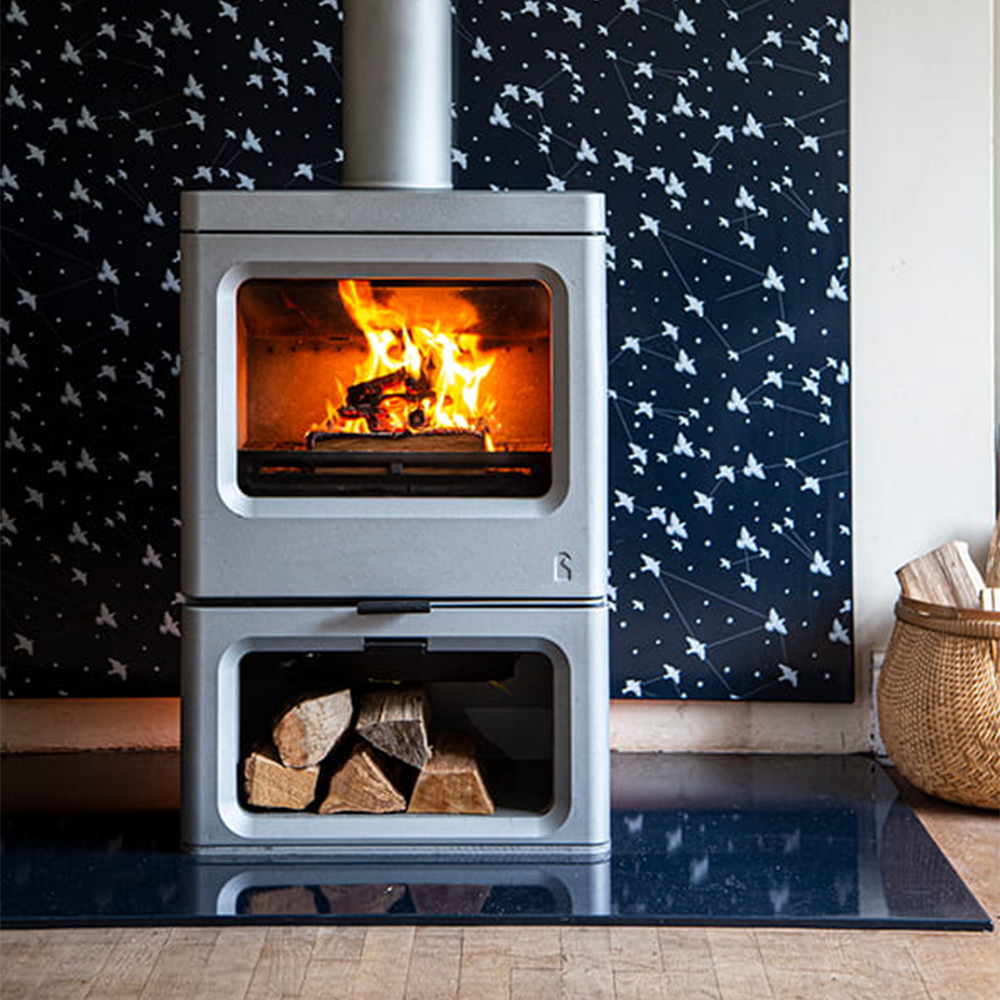










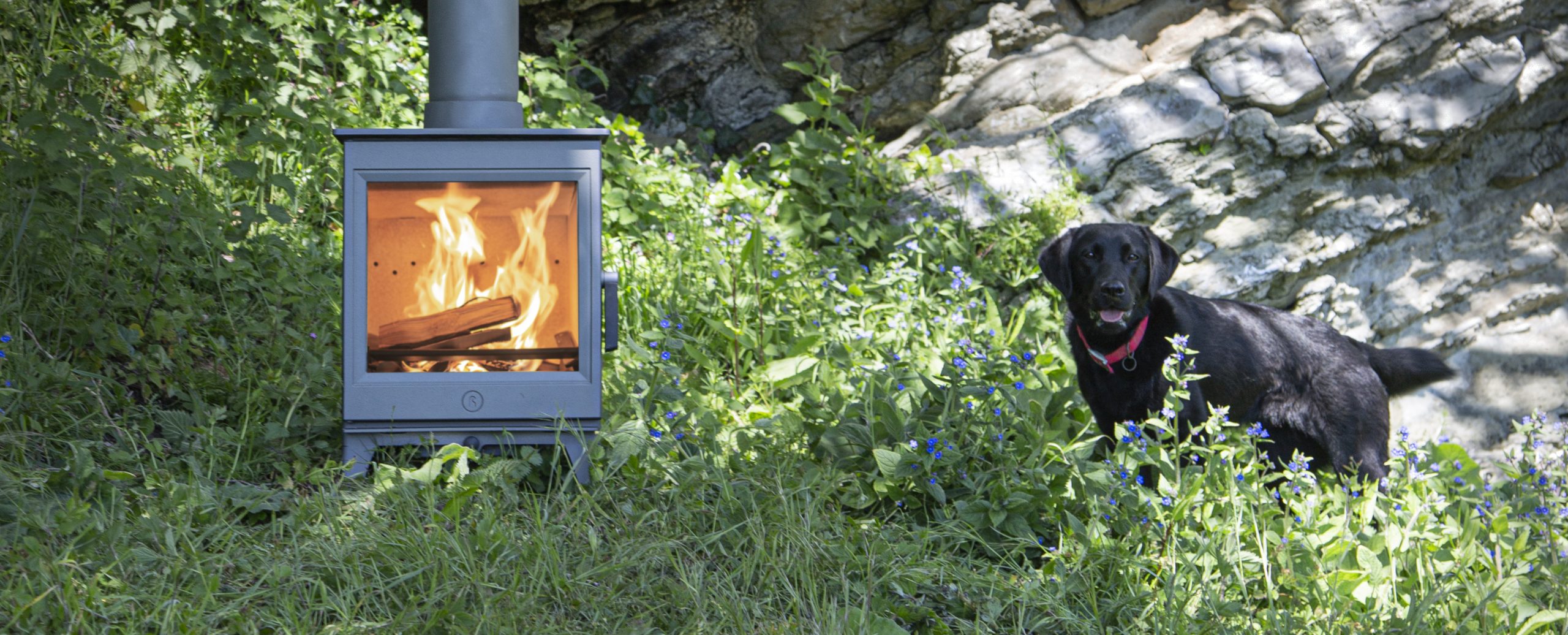


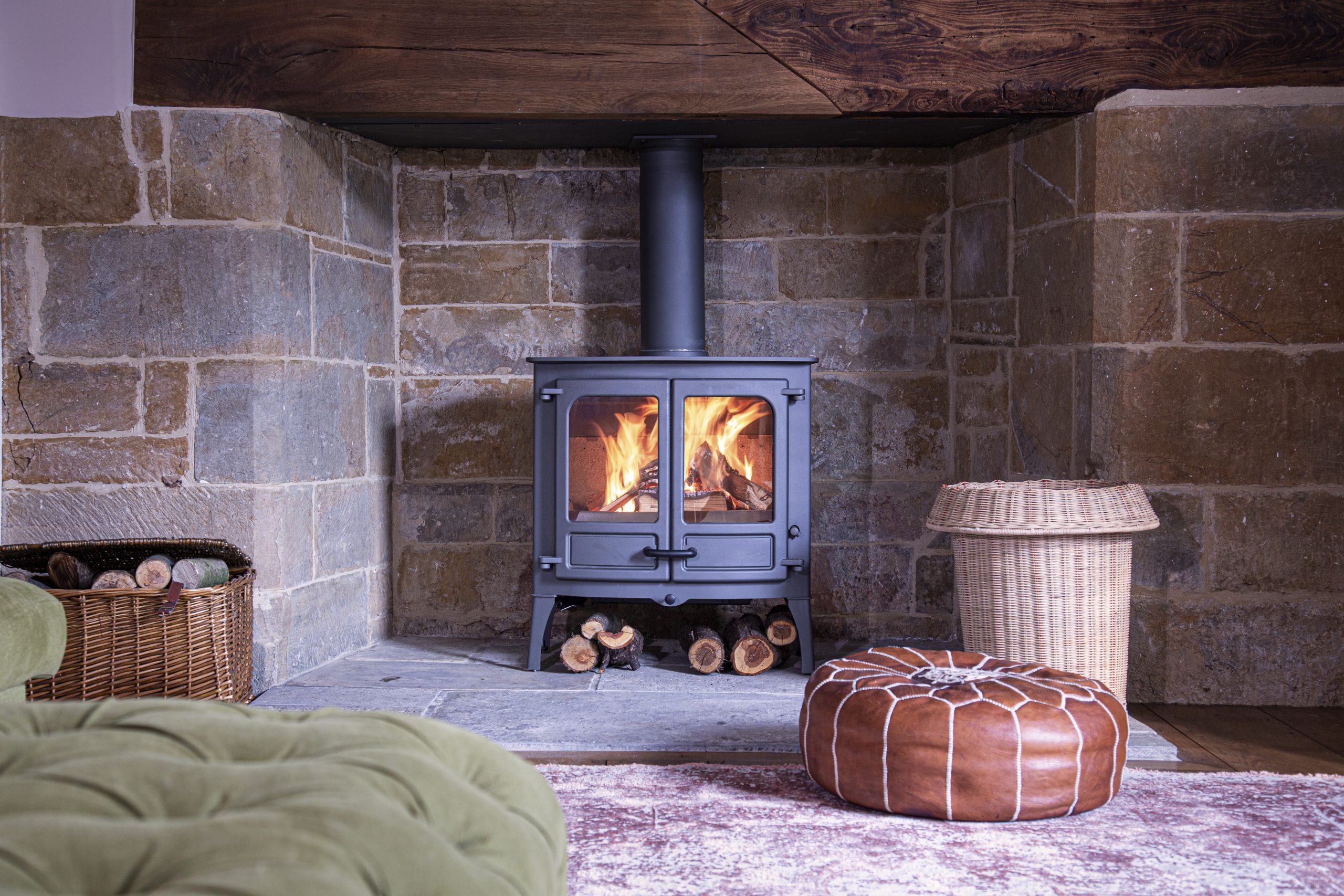
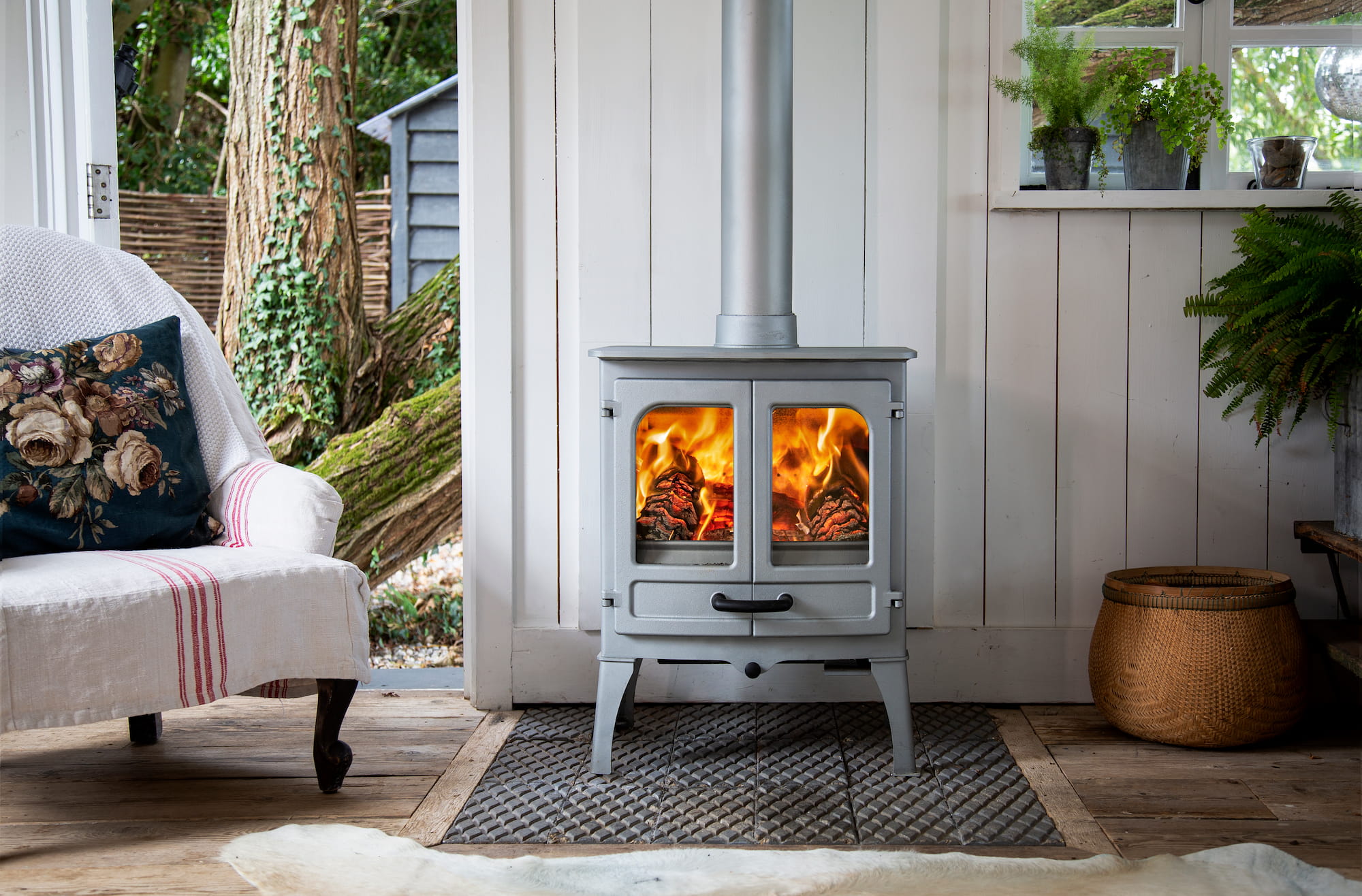
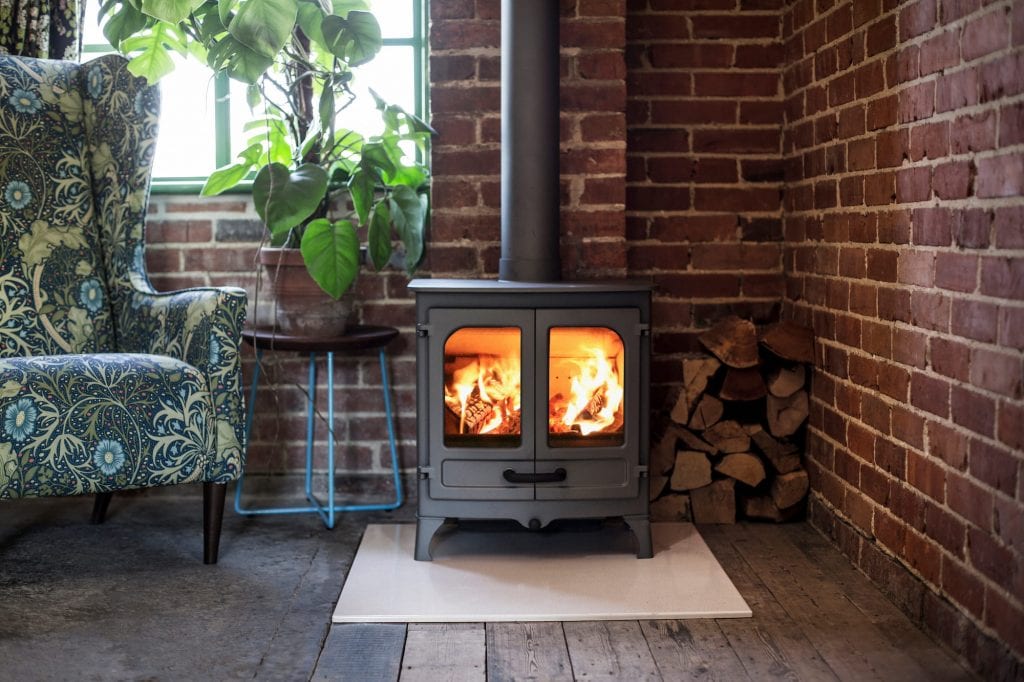
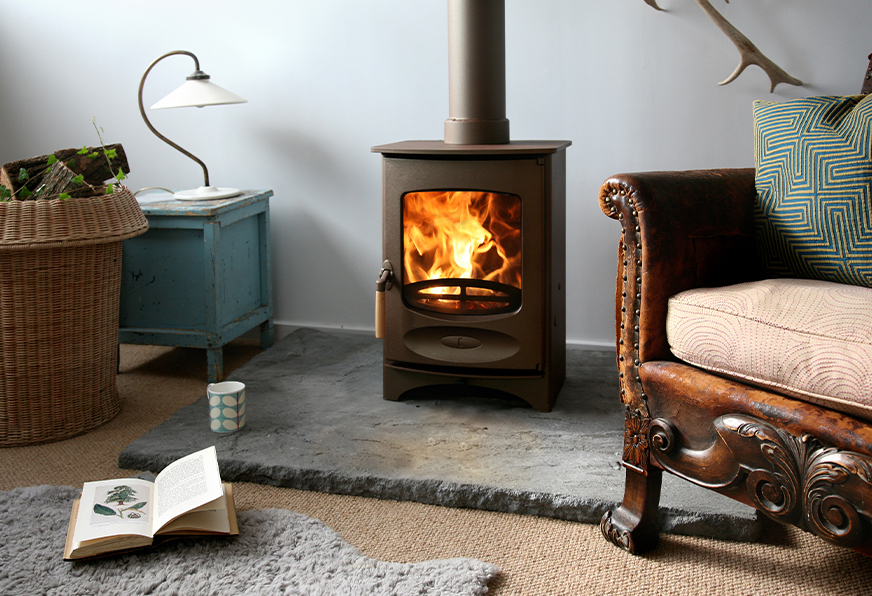
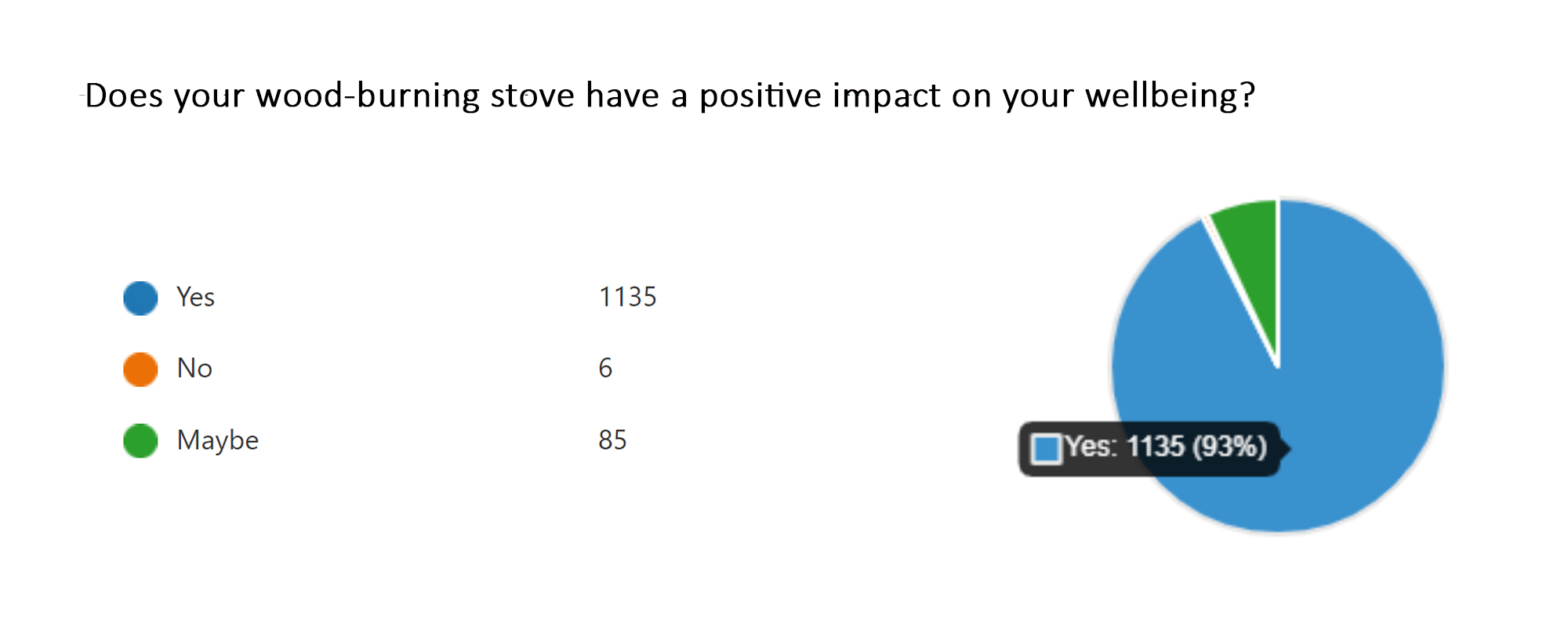 A whopping 93% replied, definitively, that their stove has a positive impact on their wellbeing, while the bar graph below shows the range of ways these benefits manifest.
A whopping 93% replied, definitively, that their stove has a positive impact on their wellbeing, while the bar graph below shows the range of ways these benefits manifest.